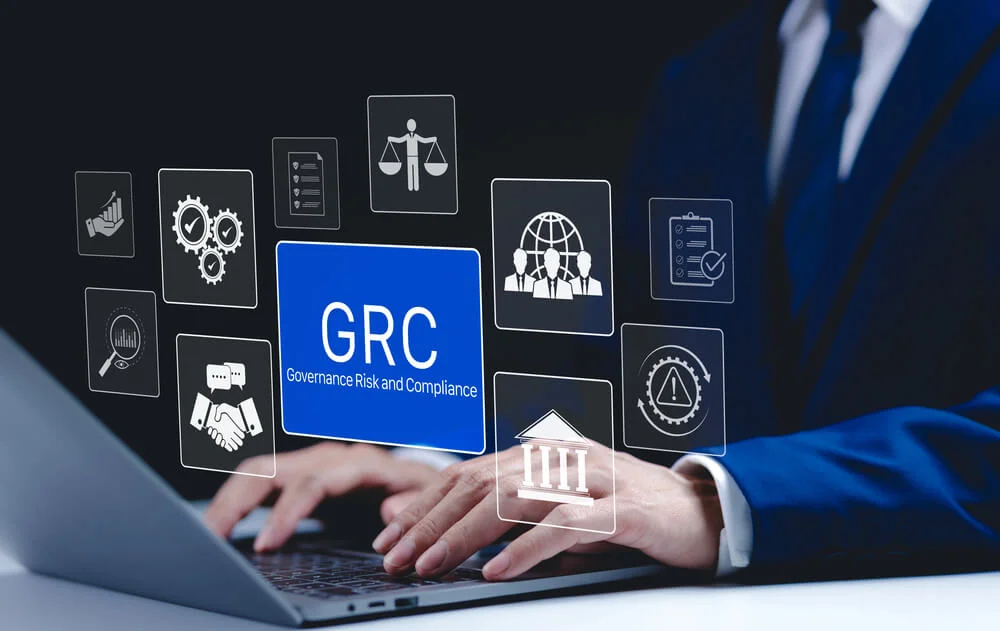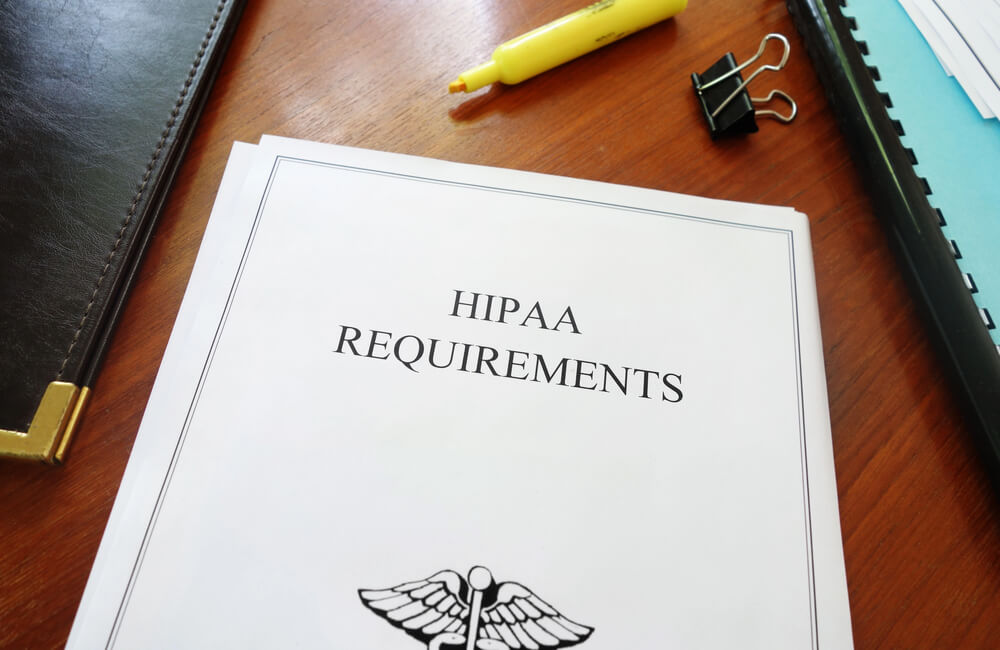
6 Vendor Transparency Solutions To Make Your Business More Secure
Within the business context, the level of trustworthiness you maintain as well as your vendor connections are fundamental to the success of your business practices. Trust is a safeguard in any relationship, particularly when it comes to your business roles and dependencies. Vendor transparency solutions are a way to address the rising threats of system intrusions from partner and vendor organizations.
The Need for Vendor Transparency Solutions
Every company has security concerns, and while you may be on top of your threats, you don’t have full control over what your vendors are doing. Vendor security incidents have a significant impact on your business, and with the finance industry holding the second-highest costs for average data breaches, the threat is real.
Although you comply with strict regulations for protecting consumer and company data, third-party vendors don’t always have the same security standards as the financial industry. While a vendor risk management program can help assess and mitigate security risks, you can demand vendor transparency and improve your own protections.
The Solutions for Vendor Transparency
Exposing the weaknesses of a vendor’s security requires a detailed client assessment, but you can proactively address the risks by putting your security demands and expectation in writing. Provisions for security should be a part of every vendor contract, with future allowances to evaluate and update controls as the threats change. These security requirements should be non-negotiable.
1. Establish Vendor Credibility
Conduct due diligence before you bring on a new vendor to determine what risks the relationship could bring to your organization. This is one of the fundamental vendor transparency solutions. While you could potentially have hundreds or thousands of vendors to evaluate, doing the research prevents the unexpected.
Unfortunately, manually processing so much information is time-consuming and prone to error. The right software can streamline and automate the process.
Using a vendor questionnaire gives you a standard of evaluation. You need to ensure the vendors have a data privacy infrastructure in place as well as appropriate security measures. Questions to ask include:
- Do you use permission and user access controls?
- Do you conduct employee security awareness training?
- Do you employ patch management?
- Do you conduct periodic penetration testing?
- What is your system configuration management approach?
Your vendor should be able to explain in depth how they handle data subject concerns, new data subjects and the accuracy of databases. A vendor worth working with should have no hesitation in answering your questions.
2. Ensure Vendor Certifications
You can eliminate a lot of the work behind vetting a vendor for security transparency by working with organizations holding specific regulatory certifications. Certification means the vendor has a particular skill or the operations comply with regulatory standards. These leading certifications indicate the following heightened cybersecurity measures:
- SOC 2: The vendor fully understands and controls your users’ data and privacy with regard to availability, security, and processing integrity.
- PCI DSS: The vendor has controls in place to prevent and reduce credit card fraud.
- ISO 27001: The vendor has an information security management system in place.
Other certifications available include ISO, CCPA, GDPR and IAPP. The more certifications a vendor has, the clearer the commitment to data security. There are several industry-specific certifications that could be a part of your vendor transparency solutions.
3. Automate Risk Management
You can ensure your vendors are meeting the requirements for handling sensitive data more effectively with an automated vendor risk management solution. An automated system allows you to set defined performance parameters and easily monitor results.
Automation provides continual vendor assessment with reports, metrics and analytics. You can request and track compliance requirements using questionnaire templates built using global security regulations and frameworks. An automated workflow for logging and saving this data improves vendor oversight and avoids the unexpected.
4. Expose Third-Party Data Leaks
It’s incredibly important to identify data leaks, including third-party data leaks. Effective vendor transparency solutions are a combination of both proactive and reactive decisions. Detecting a data leak quickly can help prevent additional compromise.
There are data leak protection solutions that can monitor the web for leaks affecting your organization. This includes leaks and security threats from any of your vendors that may not use such a service. Instant detection alerts give you the chance to hold a vendor accountable and prevent further damage to your company.
5. Emphasize Vendor Performance
It’s not enough to let a vendor pass the initial security standards and operate without further oversight. Working with high-risk vendors is inevitable, and so is the emergence of new vulnerabilities and threats.
Vendors held accountable for performance and security evaluations are more likely to continually engage in updating their security measures. You need constant visibility over what your vendors are doing. This is challenging when managing a large vendor portfolio, but a risk management solution will let you check real-time vendor security ratings, track performance and monitor for risk alerts.
6. Evaluate Potential Damage
Even after implementing several vendor transparency solutions, you should never underestimate the damage of data leaks or other vendor security risks. Before any breach occurs, your vendors need to know how you intend to handle problems that arise on account of their operations or security failures. This also gives you a definitive way to mitigate the long-term damage to your clients.
Each state is subject to security breach notification laws, and there are also specific regulations for those working in the finance industry. Your company needs to hold the vendor accountable and work quickly to determine the threat. Questions to ask once learning of a breach include:
- What is the incident and how did it happen?
- How has your incident compromised our system and to what extent?
- Do you have a forensic report and may we have access to it?
- Do you have cyber insurance, and how will you handle our organization’s legal response costs and notification obligations?
The biggest question seeks to find out how the vendor plans to prevent an incident from happening in the future. If the response isn’t satisfactory, you need to reevaluate the relationship.
Expert Help for Your Vendor Transparency Solutions
Don’t get overwhelmed with the complexities and time-consuming efforts of vendor transparency solutions. Compyl provides a workflow automation platform specializing in information security and compliance. Contact our team to find out how we can secure your business.




